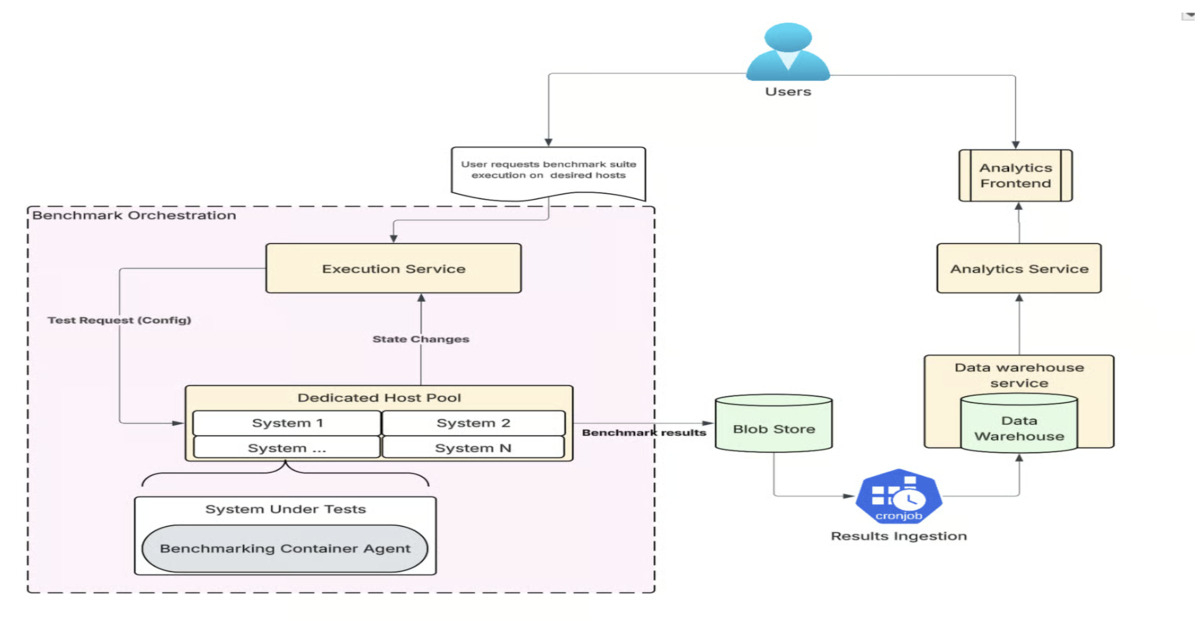Codetown
Codetown ::: a software developer's community
What are the top Web Development Technologies and Frameworks for 2021?
What are the top Web Development company in USA Technologies and Frameworks for 2021? There are many new technologies coming out every year, but not all of them will be around by 2021. The following list of technologies and frameworks will continue to be popular in the coming years. Most of them are still very new, which makes it difficult to predict what will happen with them by 2021, but there is enough activity on GitHub to indicate that they are important technologies that deserve more attention than they currently receive.
1) Ember.js
A framework that allows you to create single-page web applications with a scalable, agile architecture. It’s known for its speed, powerful features, and flexibility. In 2016 it was considered one of the most popular JavaScript frameworks on Stack Overflow—an impressive feat given its relative newness compared to some of its more mature counterparts. One of Ember’s biggest benefits is that it focuses on a front-end rendering engine rather than a back-end one.
2) React.js
React.js is a JavaScript library developed by Facebook to help with building user interfaces. Since its launch in 2013, it has been heavily adopted by developers across different industries. It’s open source, cross-platform, modular, scalable and above all fast. We are best in react native development company in USA.
3) Angular.js
Node.js is an open-source, cross-platform JavaScript runtime environment for developing server-side applications. Node.js is used by tens of thousands of developers in more than 200 countries around the world to develop powerful web applications that run on both client-side and server-side processes. Tagline Infotech is the best angularjs development company in USA in Usa.
4) Backbone.js
A server-side runtime environment that executes JavaScript code outside of a browser, Node.js is an open source platform that allows programmers to run multiple processes in parallel. The framework utilizes event-driven, non-blocking I/O model, allowing it to efficiently handle real-time web applications.
5) Node.js
Although it’s been around since 2009, Node.js is only now starting to reach enterprise-level maturity. Built on Google’s V8 JavaScript engine, Node allows developers to write server-side applications in JavaScript (JS), which can be used to manipulate data on a web page using AJAX—or create entire browser apps without refreshing a page. It was originally developed as an open source project by Ryan Dahl back in 2009, who was working at Joyent at that time.
Notes
Welcome to Codetown!
 Codetown is a social network. It's got blogs, forums, groups, personal pages and more! You might think of Codetown as a funky camper van with lots of compartments for your stuff and a great multimedia system, too! Best of all, Codetown has room for all of your friends.
Codetown is a social network. It's got blogs, forums, groups, personal pages and more! You might think of Codetown as a funky camper van with lots of compartments for your stuff and a great multimedia system, too! Best of all, Codetown has room for all of your friends.
Created by Michael Levin Dec 18, 2008 at 6:56pm. Last updated by Michael Levin May 4, 2018.
Looking for Jobs or Staff?
Check out the Codetown Jobs group.
InfoQ Reading List
Uber Adopts Amazon OpenSearch for Semantic Search to Better Capture User Intent

To improve search and recommendation user experiences, Uber migrated from Apache Lucene to Amazon OpenSearch to support large-scale vector search and better capture search intent. This transition introduced several infrastructure challenges, which Uber engineers addressed with targeted solutions.
By Sergio De SimoneBenchmarking Beyond the Application Layer: How Uber Evaluates Infrastructure Changes and Cloud Skus

Uber’s Ceilometer framework automates infrastructure performance benchmarking beyond applications. It standardizes testing across servers, workloads, and cloud SKUs, helping teams validate changes, identify regressions, and optimize resources. Future plans include AI integration, anomaly detection, and continuous validation.
By Leela KumiliPresentation: Changing Power Dynamics: What Senior Engineers Can Learn From Junior Engineers

Beth Anderson discusses the "power distance index" and its critical role in communication. Using the Korean Air Flight 801 tragedy as a case study, she explains the dangers of hierarchy-driven silence. She shares actionable frameworks for building the 4 stages of psychological safety, implementing reverse mentoring, and using PRs as tools for knowledge sharing rather than gatekeeping.
By Beth AndersonPodcast: Effective Mentorship and Remote Team Culture with Gilad Shoham

In this podcast, Shane Hastie, Lead Editor for Culture & Methods, spoke to Gilad Shoham about building effective mentorship relationships, leading fully distributed teams and the evolving role of developers in an AI-augmented future.
By Gilad ShohamBeyond Win Rates: How Spotify Quantifies Learning in Product Experiments

Spotify has introduced the Experiments with Learning (EwL) metric on top of its Confidence experimentation platform to measure how many tests deliver decision-ready insights, not just how many “win.” EwL captures both the quantity and quality of learning across product teams, helping them make faster, smarter product decisions at scale. The outcome must support one action: ship, abort, or iterate.
By Olimpiu Pop
© 2025 Created by Michael Levin.
Powered by
![]()
You need to be a member of Codetown to add comments!
Join Codetown